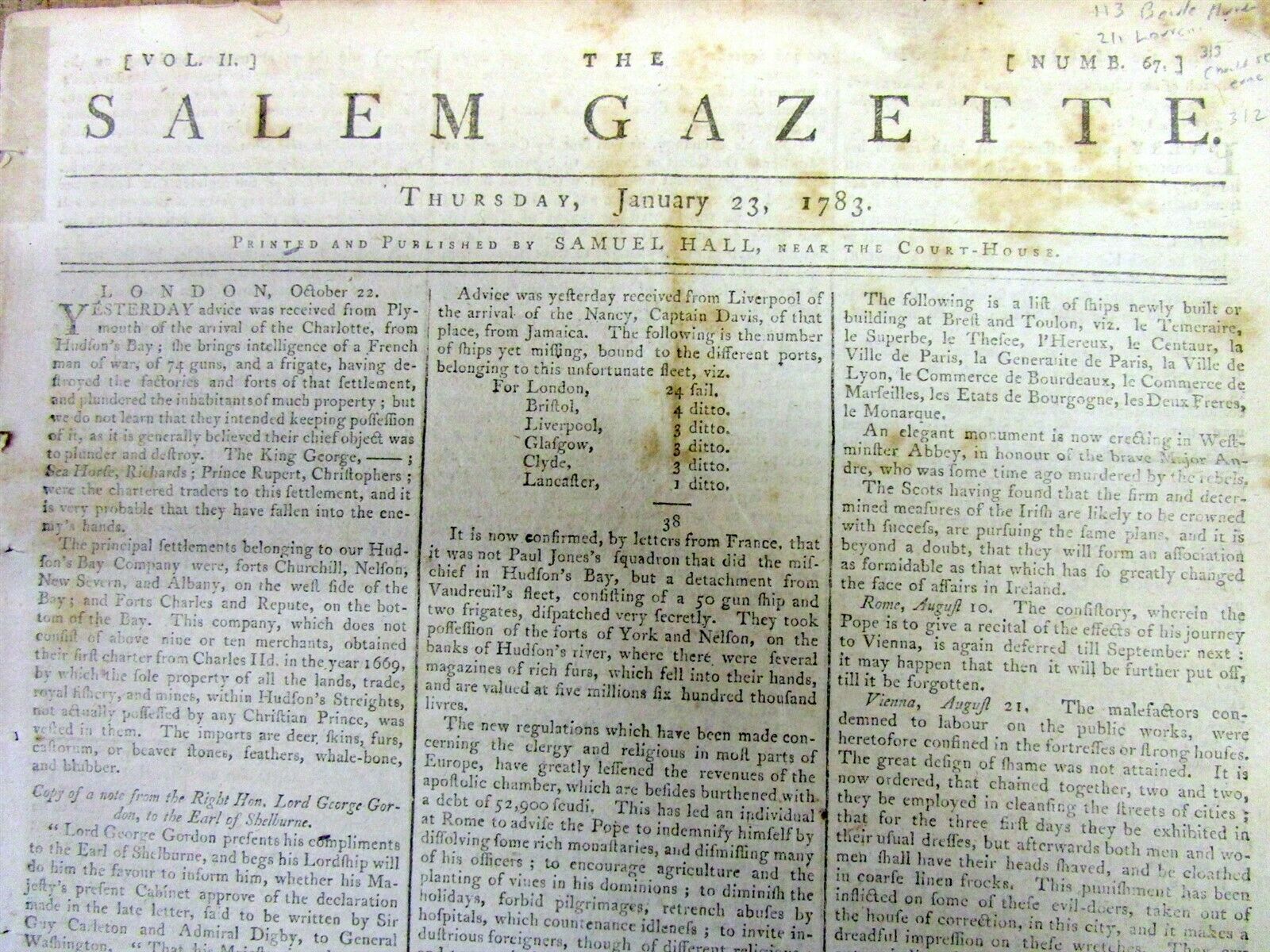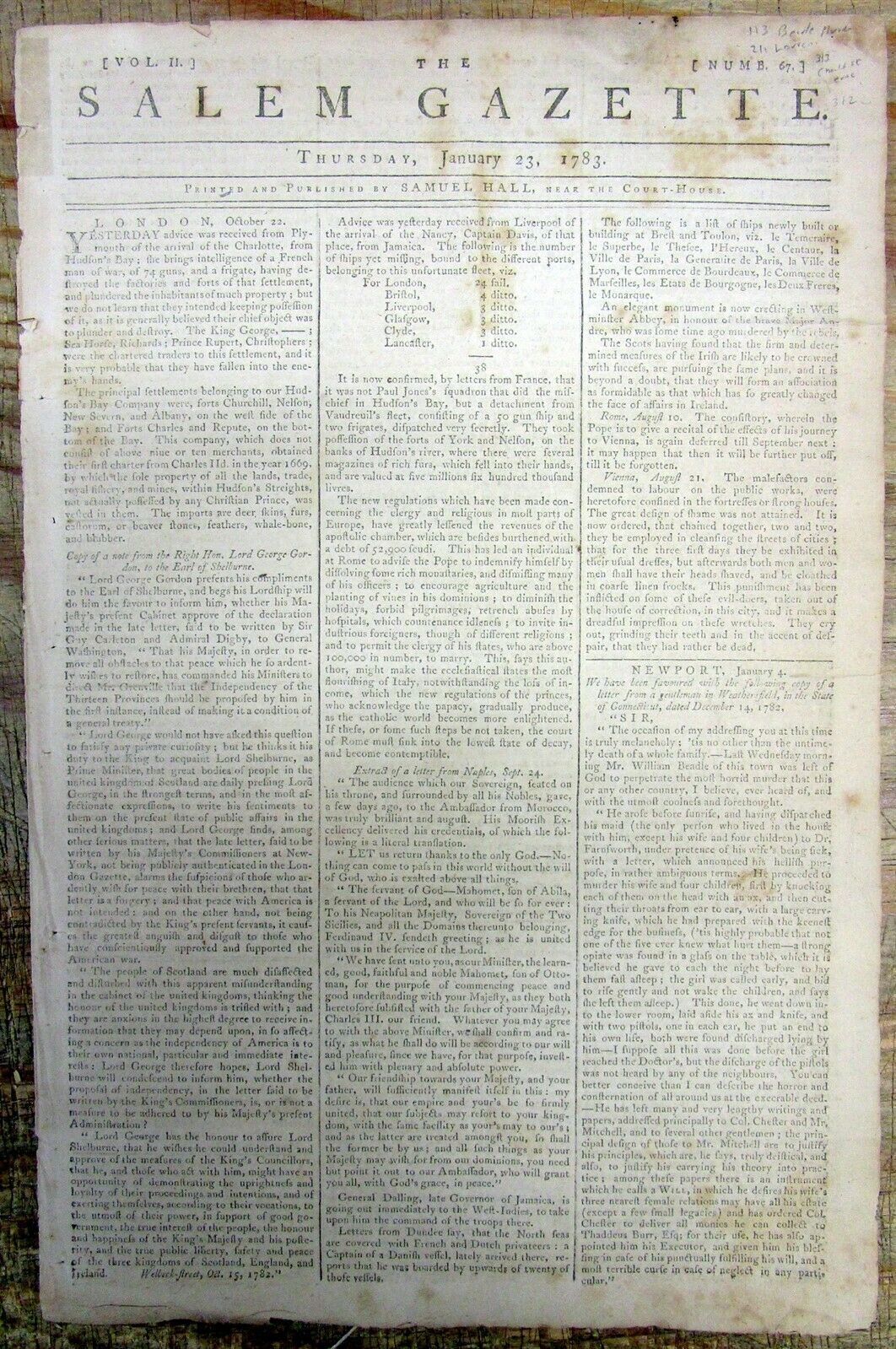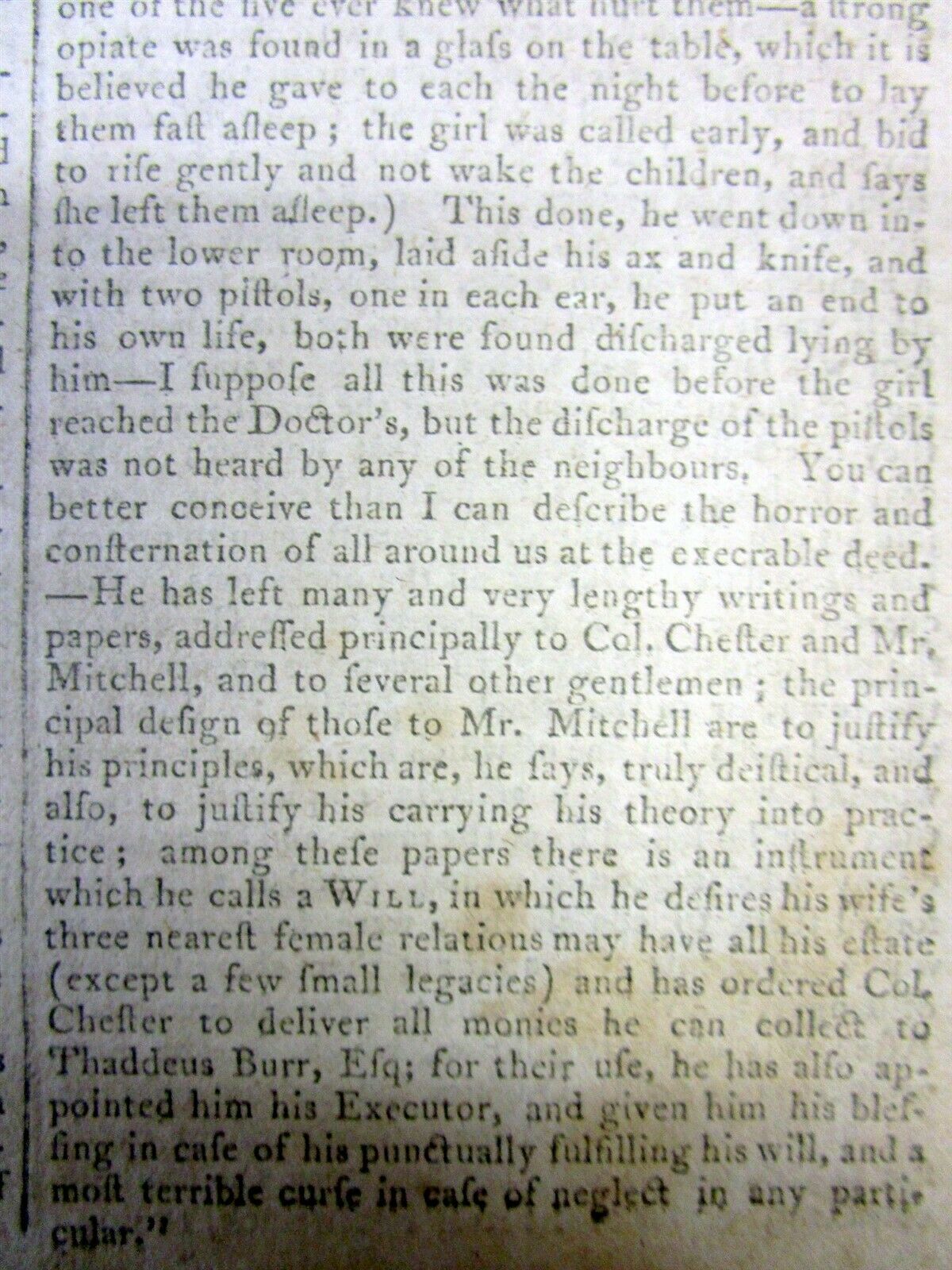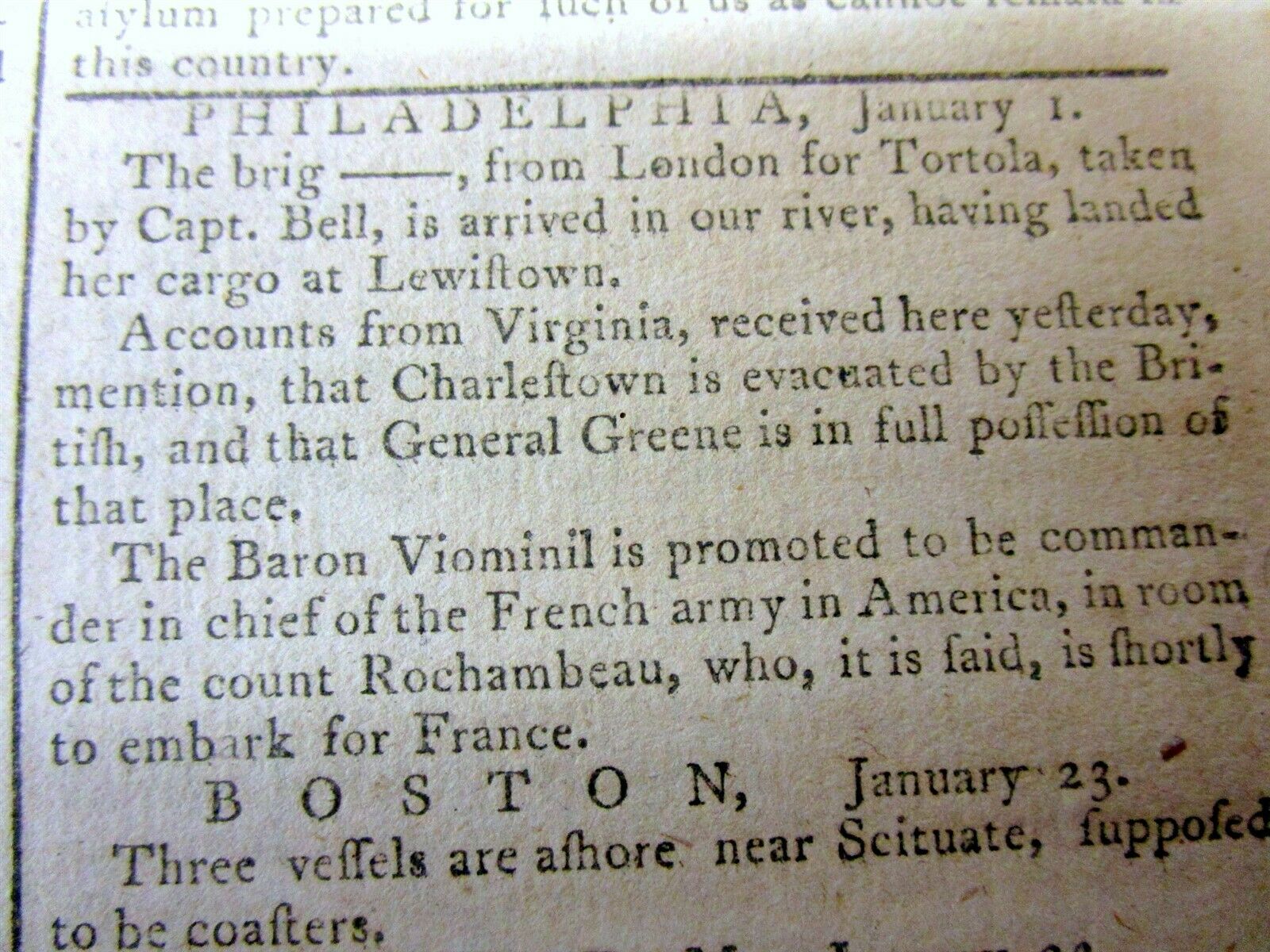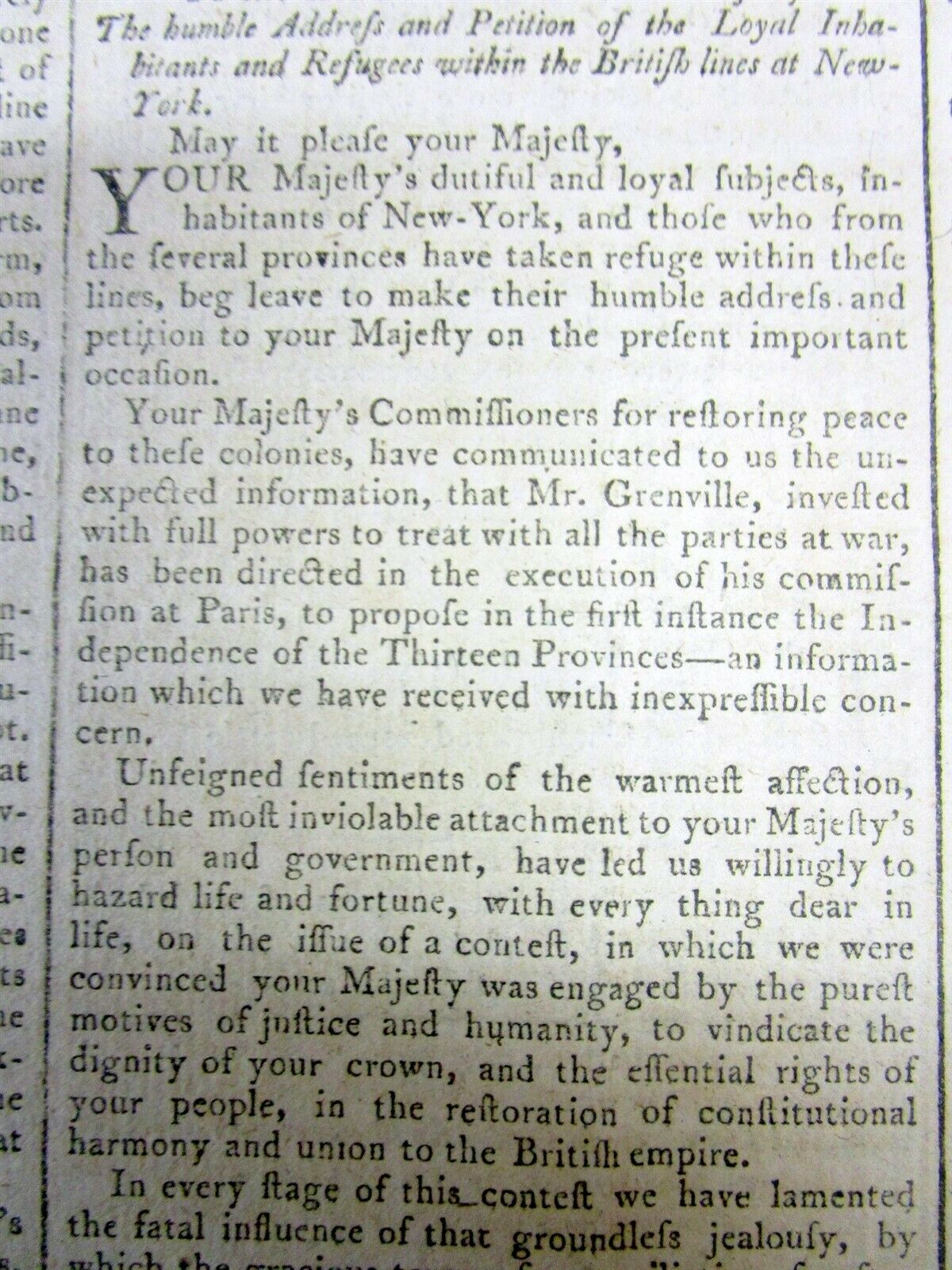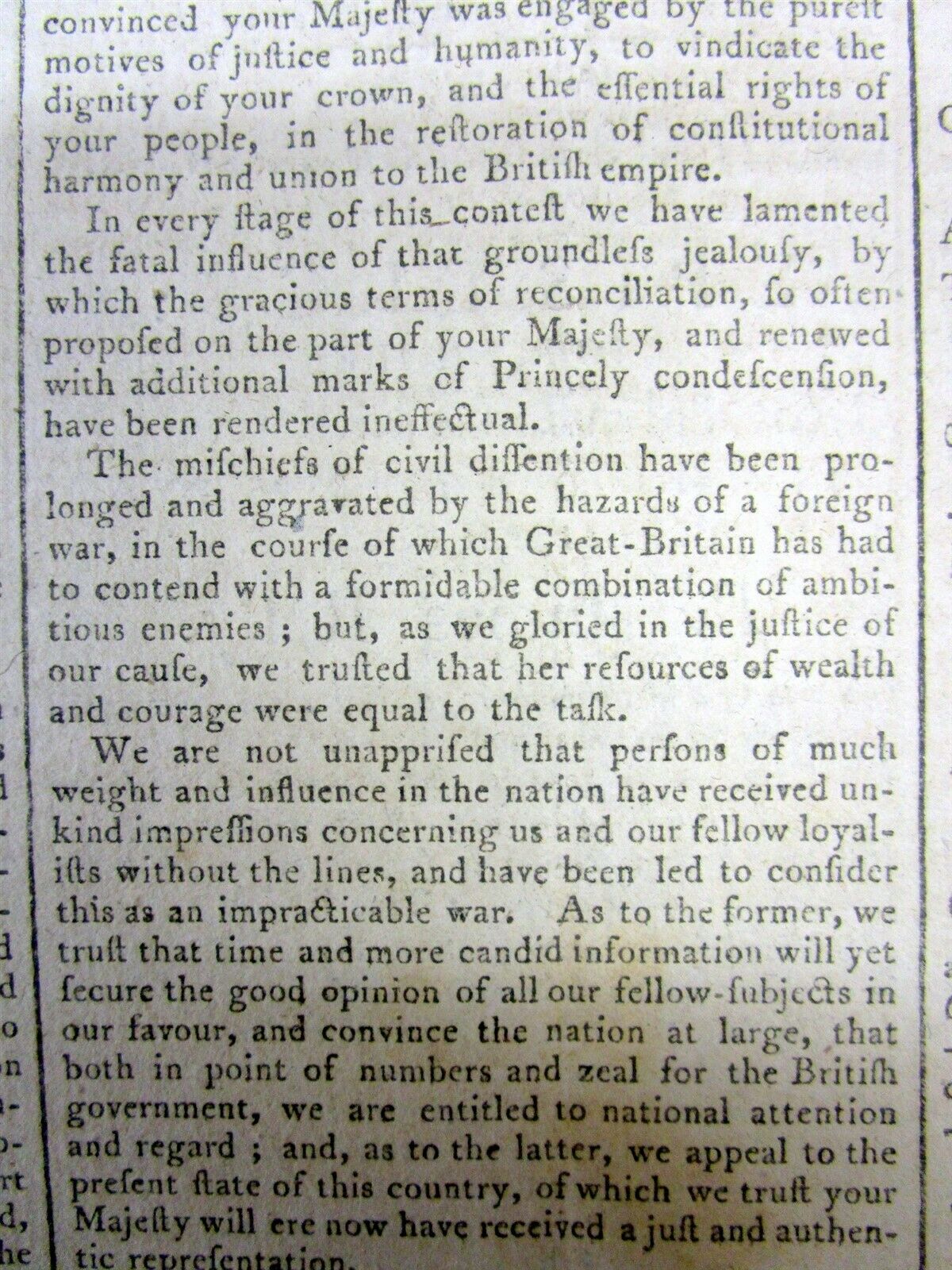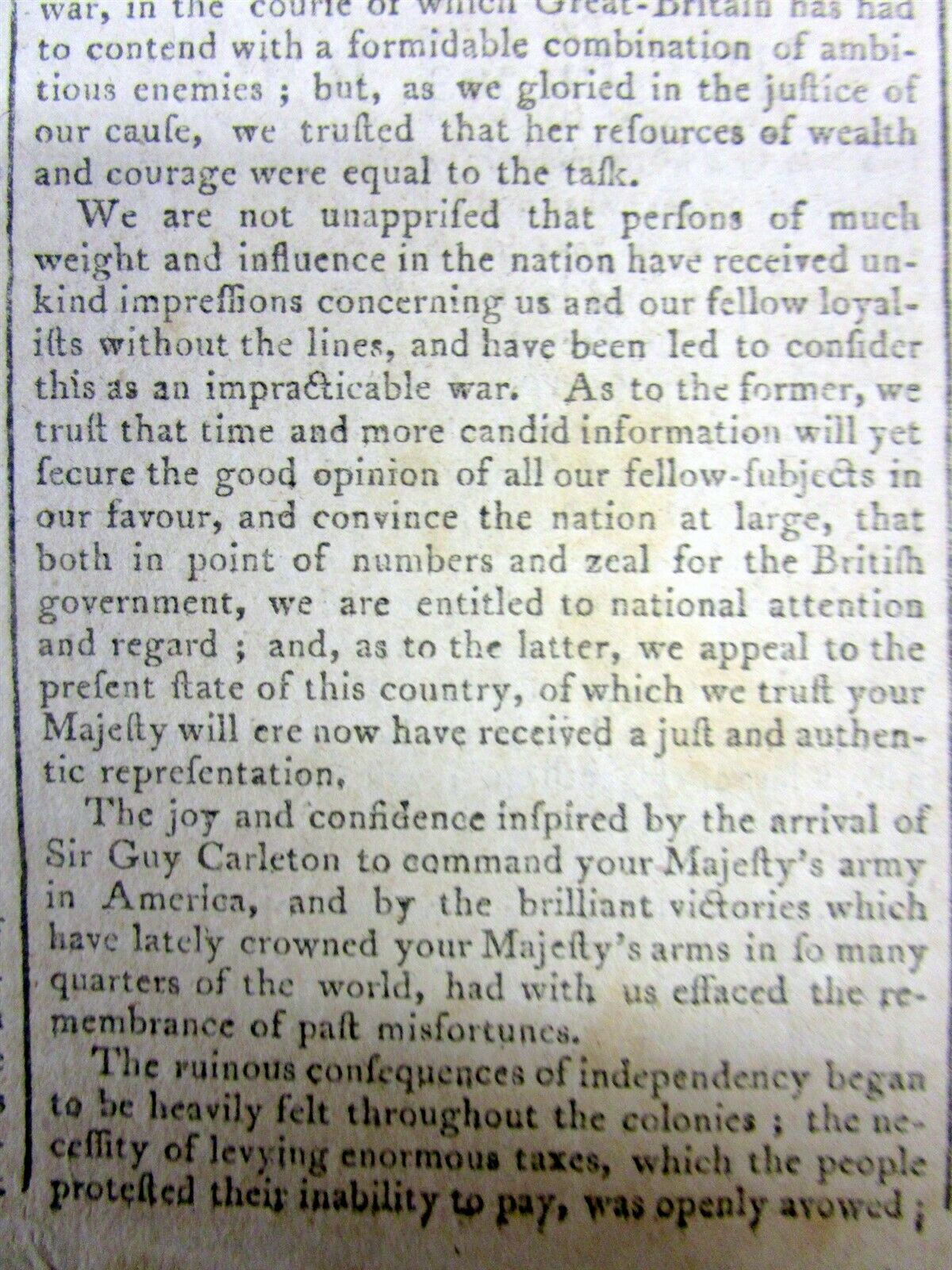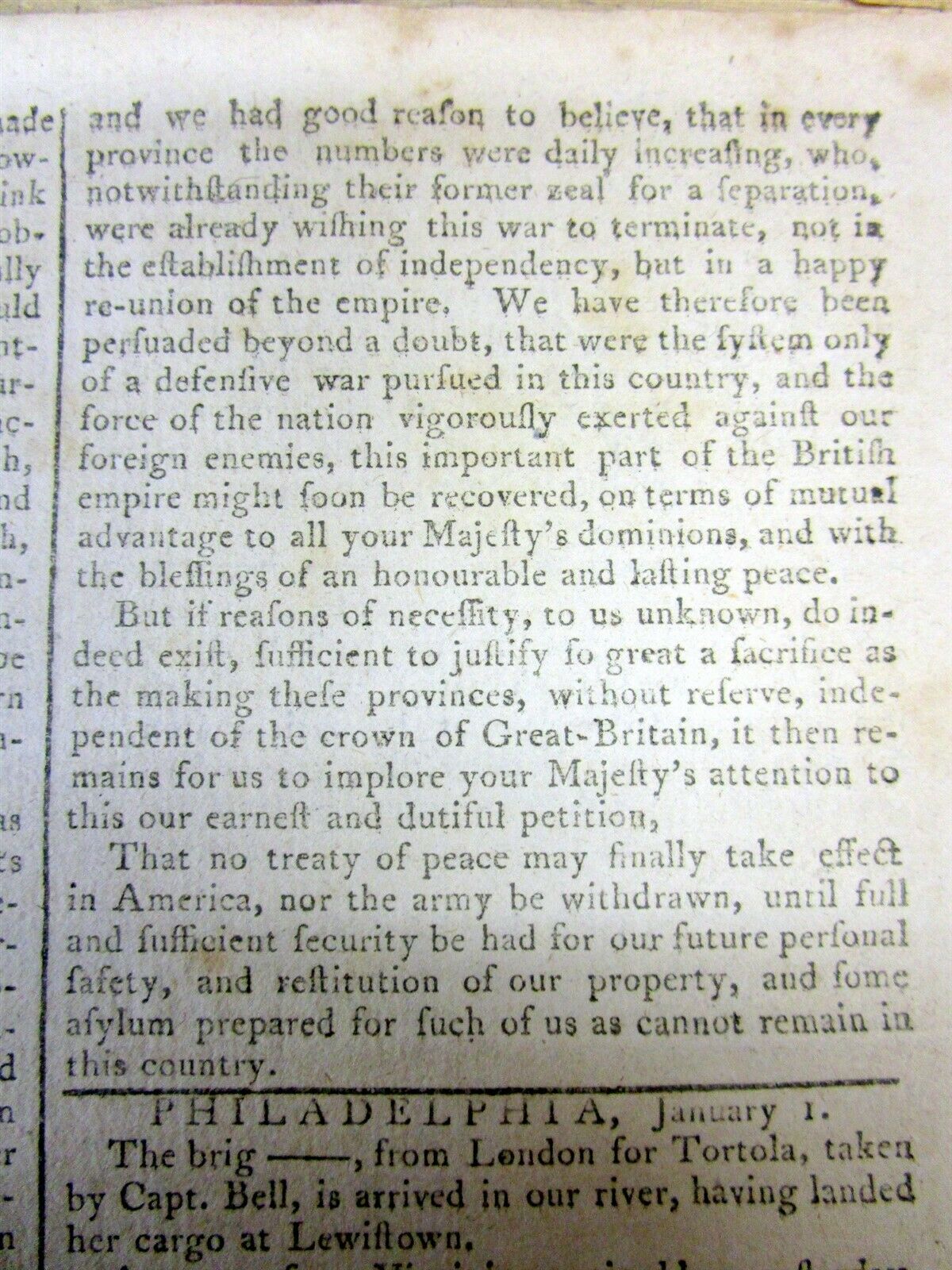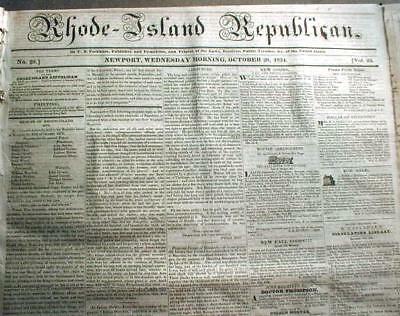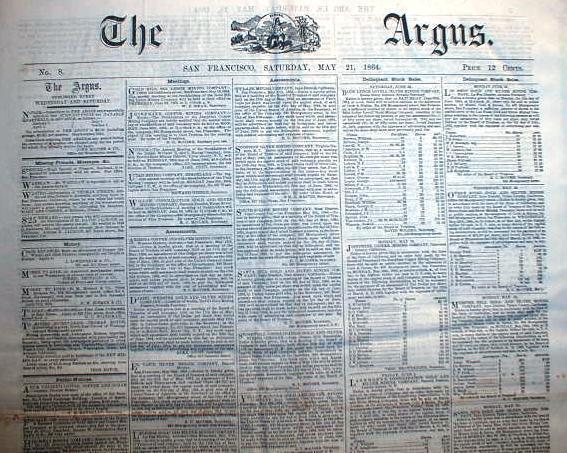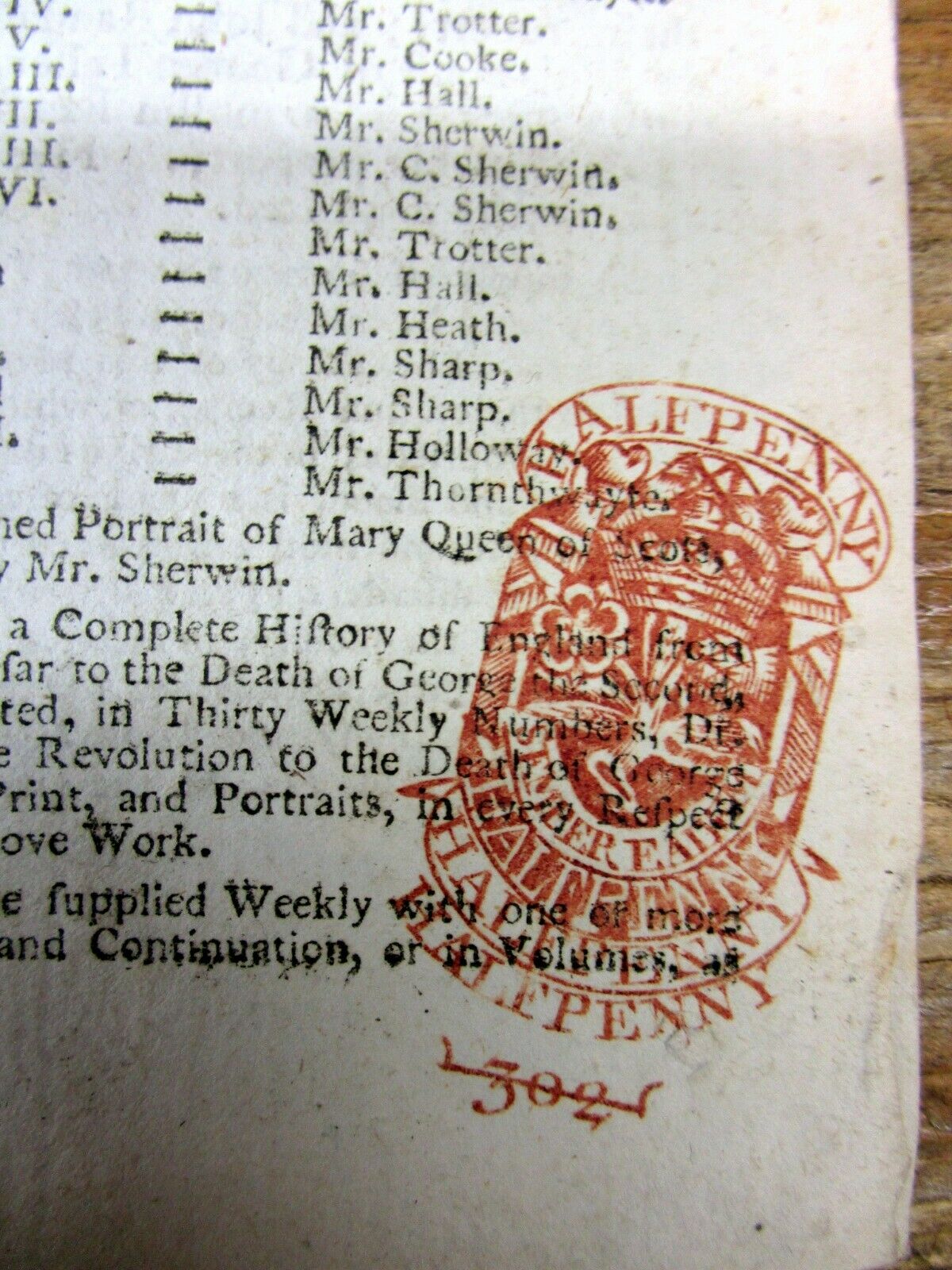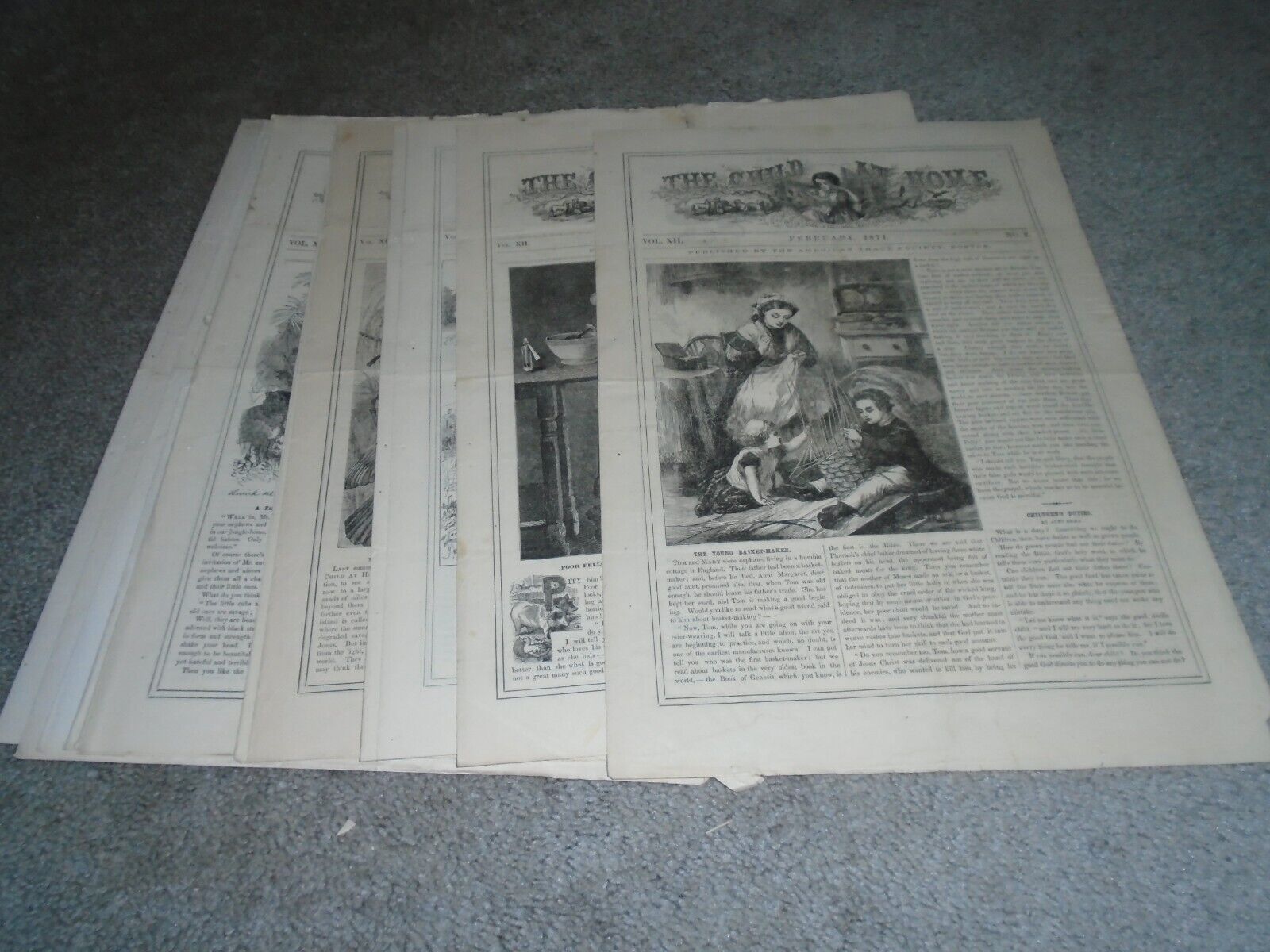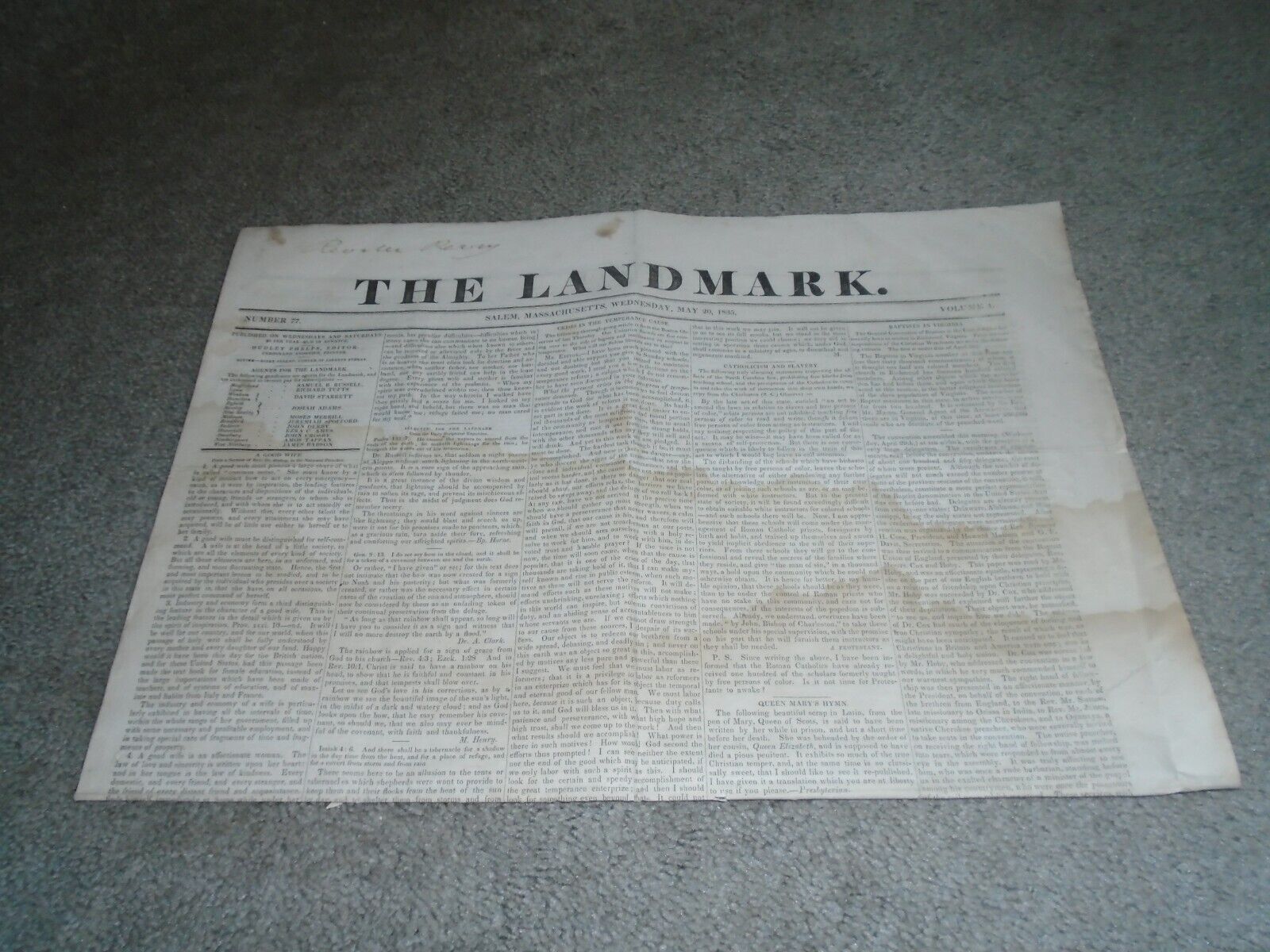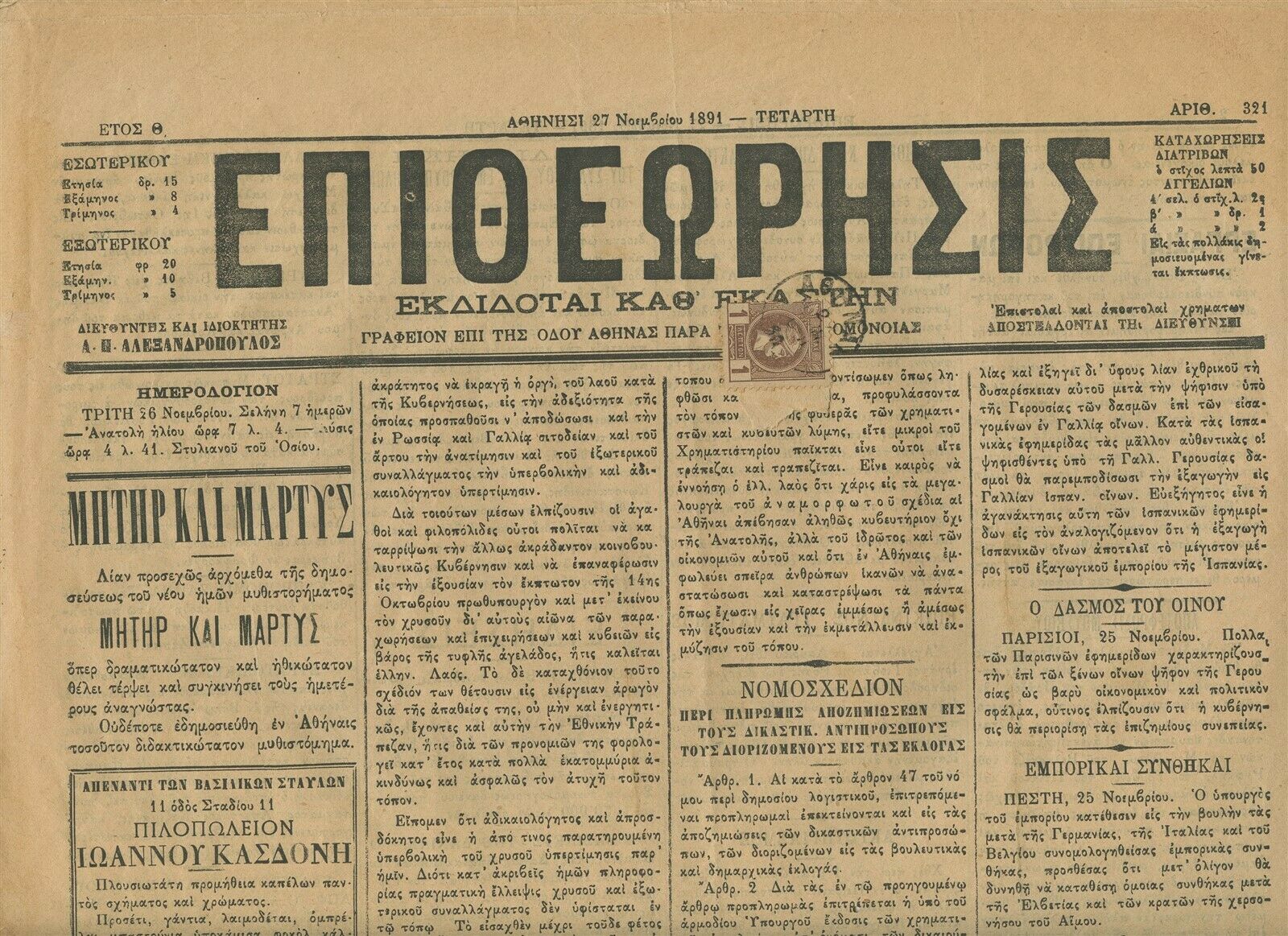-40%
1783 Salem MASSACHUSETTS Revolutionary War newspaper DEATH of JOHN LAURENS of SC
$ 211.2
- Description
- Size Guide
Description
1783 Salem MASSACHUSETTS Revolutionary War newspaper DEATH of JOHN LAURENS of SC1783 Salem MASSACHUSETTS Revolutionary War newspaper with long detailed obituary of the DEATH of JOHN LAURENS. This also has long detailed front page coverage of THE infamous WILLIAM BEADLE MURDERS (of his entire family) in Weathersford CONNECTICUT
- inv # 7Q-231
Please visit our
EBAY STORE
for THOUSANDS MORE HISTORICAL NEWSPAPERS for SALE or at auction
SEE PHOTO(s) - COMPLETE ORIGINAL NEWSPAPER, the
Salem Gazette
(MA) dated Jan 23, 1782. This original Revolutionary War newspaper contains a front page , 1/2 column detailed report of the infamous
BEADLE MURDERS in Weathersford, Connecticut
. He murdered his entire family with an axe, then shot himself dead.
This also contains news of the EVACUATION of CHARLESTON, South Carolina by the British military in anticipation of the peace treaty with the US, signed in 1783. This issue also contains a long detailed (2 columns of text)
obituary of American COLONEL JOHN LAURENS who was killed in the REVOLUTIONARY WAR
.
Following the Boston Tea Party, the British Parliament passed a law that closed the Port of Boston to all ships, preventing supplies from reaching the citizens of Massachusetts. William Beadle, a Wethersfield merchant gave money for the relief of Boston. In exchange for his goods, Beadle accepted Continental currency, which dropped greatly in value during the war. When Beadle no longer ranked among the wealthiest men in town but only among the “middling sort,” the reality horrified him. He began to carry a carving knife and an ax to his bedside every night.
Early in the morning of December 11, 1782, William decided that he was ready and awakened the maid to fetch the doctor, explaining that Lydia had been ill all night. He struck his wife and each of his children with the ax on the side of the head as they lay sleeping in their beds. He then cut their throats from ear to ear with the carving knife. The three daughters were taken from the bed and laid side by side upon the floor before their throats were cut. William then went down the stairs, leaving footprints of blood. He seated himself in a Windsor chair, supporting his arms on the arms of the chair. He fixed the muzzle of a pistol into each ear and fired both pistols at the same time. The balls passed through his head in opposite directions, ending the life of William Beadle.
John Laurens (October 28, 1754 – August 27, 1782) was an American soldier and statesman from South Carolina during the American Revolutionary War, best known for his criticism of slavery and his efforts to help recruit slaves to fight for their freedom as U.S. soldiers.
In 1779, Laurens gained approval from the Continental Congress for his plan to recruit a brigade of 3,000 slaves by promising them freedom in return for fighting. The plan was defeated by political opposition in South Carolina. Laurens was killed in the Battle of the Combahee River in August 1782.
On August 27, 1782, at the age of 27, Laurens was shot from his saddle during the Battle of the Combahee River, as one of the last casualties of the Revolutionary War. Laurens died in what General Greene described sadly as "a paltry little skirmish" with a foraging party, only a few weeks before the British finally withdrew from Charleston.
Laurens had been confined to bed at Wappoo Creek with a raging fever for several days, possibly due to malaria. When he learned that the British were sending a large force out of Charleston to gather supplies, he left his sickbed, "wrote a hurried note to Gen. Greene, and, in disregard of his orders and the important duties with which he had been charged – a practice which the loose discipline of the American forces rendered not unusual – put off for the scene of action."
On August 26, Laurens reported to General Mordecai Gist near the Combahee River. Gist had learned that 300 British troops under Major William Brereton had already captured a ferry and crossed the river, in search of rice to feed their garrison. Gist sent a detachment with orders to attack the British before sunrise the next morning. Laurens was given orders, at his own request, to take a small force further downriver to man a redoubt at Chehaw Point, where they could fire on the British as they retreated.
Laurens and his troops stopped for the night at a plantation house near the Combahee River. Laurens got little or no sleep, instead "spending the evening in a delightful company of ladies... [and] turned from this happy scene only two hours before he was to march down the river". With his command, Laurens left the plantation at about 3:00 am on the morning of August 27.
Leading a force of fifty Delaware infantrymen, and an artillery captain with a howitzer, Laurens rode toward Chehaw Point. However, the British had anticipated their maneuvers; before Laurens could reach the redoubt, 140 British soldiers had prepared an ambush along the road, concealed in tall grass about one mile from his destination.
When the enemy rose to fire, Laurens ordered an immediate charge, despite the British having superior numbers and the stronger position. Gist was only two miles away, and quickly approaching with reinforcements. According to William McKennan, a captain under Laurens's command, Laurens appeared "anxious to attack the enemy previous to the main body coming up," gambling that his troops, "although few in numbers, [would be] sufficient to enable him to gain a laurel for his brow" before the end of the fighting. McKennan's opinion was that Laurens "wanted to do all himself, and have all the honor."
As Laurens led the charge, the British immediately opened fire, and Laurens fell from his horse fatally wounded. Gist's larger force arrived in time to cover a retreat, but was unable to prevent costly losses, including three American dead.
After Laurens's death, Colonel Tadeusz Kosciuszko, who had been a friend of Laurens, came from North Carolina to take his place in the final weeks of battle near Charleston, also taking over Laurens's intelligence network in the area.
Laurens was buried near the site of the battle, at William Stock's plantation where he had spent the evening before his death. After Henry Laurens returned from imprisonment in London, he had his son's remains moved and reinterred on his own property, the Mepkin Plantation.
Very good condition. This listing includes the complete entire original newspaper, NOT just a clipping or a page of it. STEPHEN A. GOLDMAN HISTORICAL NEWSPAPERS stands behind all of the items that we sell with a no questions asked, money back guarantee. Every item we sell is an original newspaper printed on the date indicated at the beginning of its description. U.S. buyers pay priority mail postage which includes waterproof plastic and a heavy cardboard flat to protect the purchased item from damage in the mail. Upon request by the buyer, we can ship by USPS Media Mail to reduce postage cost; however, please be aware that USPS Media Mail can be very slow in its time of transit to the buyer. International postage is quoted when we are informed as to where the package is to be sent. We do combine postage (to reduce postage costs) for multiple purchases sent in the same package.
We list thousands of rare newspapers with dates from 1570 through 2004 on Ebay each week. This is truly SIX CENTURIES OF HISTORY that YOU CAN OWN!
Stephen A. Goldman Historical Newspapers has been in the business of buying and selling historical newspapers for over 50 years. Dr. Goldman is a consultant to the Freedom Forum Newseum and a member of the American Antiquarian Society. You can buy with confidence from us, knowing that we stand behind all of our historical items with a 100% money back guarantee. Let our 50+ years of experience work for YOU ! We have hundreds of thousands of historical newspapers (and their very early precursors) for sale.
Stephen A. Goldman Historical Newspapers
has been in the business of buying and selling historical newspapers for over 50 years. We are located in the charming Maryland Eastern Shore town of OXFORD, Maryland.
Dr. Goldman is a consultant to the Freedom Forum Newseum and a member of the American Antiquarian Society. You can buy with confidence from us, knowing that we stand behind all of our historical items with a 100% money back guarantee. Let our 50+ years of experience work for YOU ! We have hundreds of thousands of historical newspapers (and their very early precursors) for sale.
We invite customer requests for historical newspapers that are not yet located in our extensive Ebay listing of items. With an inventory of nearly a million historical newspapers (and their early precursors) we are likely have just the one
YOU
are searching for.
WE ARE ALSO ACTIVE BUYERS OF HISTORICAL NEWSPAPERS, including large and small personal collections, bound volumes, significant individual issues, or deaccessions from libraries and historical societies. IF YOU WANT TO SELL, WE WANT TO BUY !!!
Powered by SixBit's eCommerce Solution
